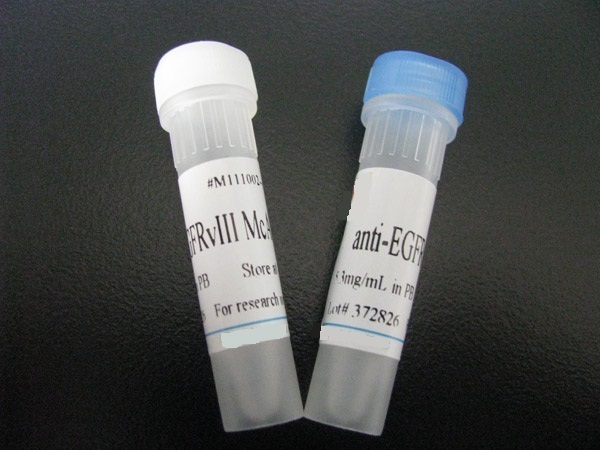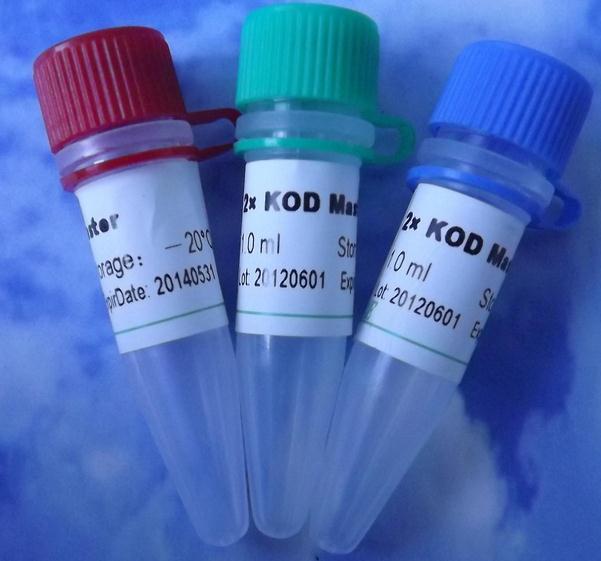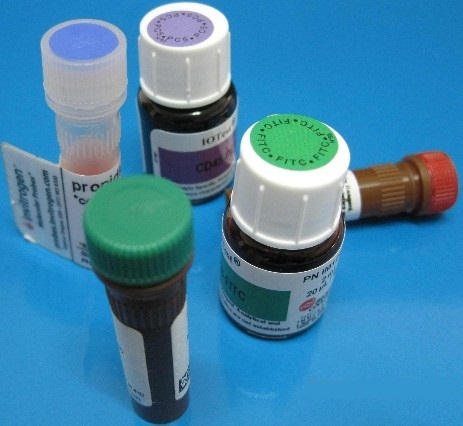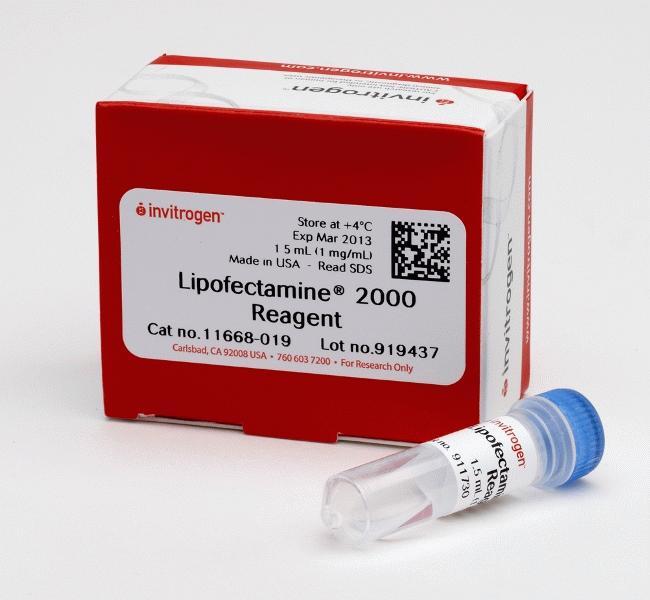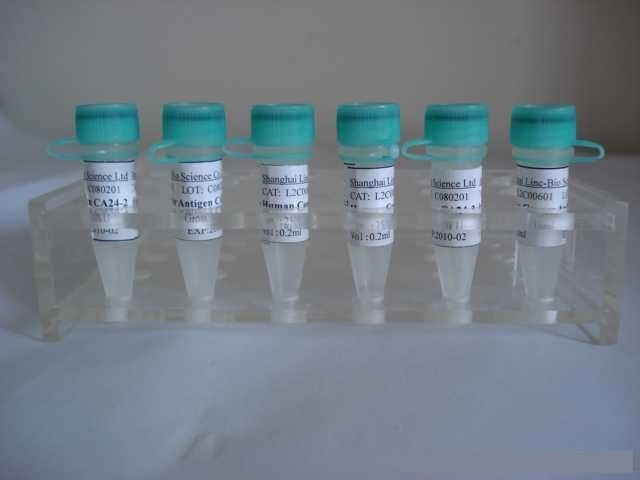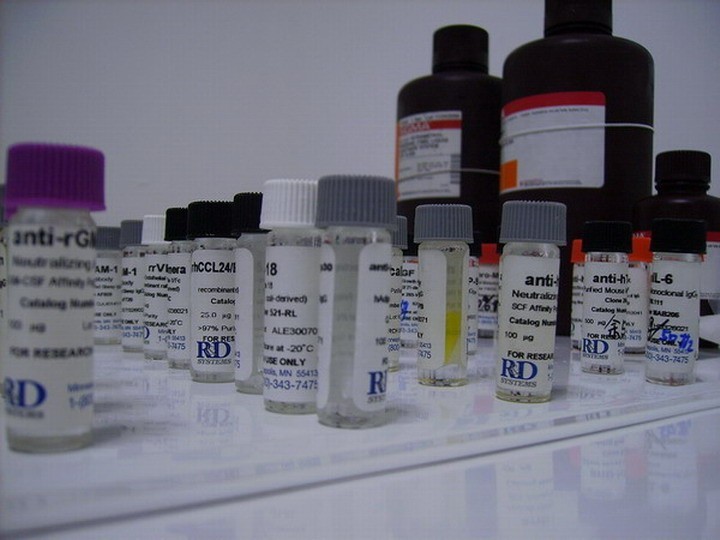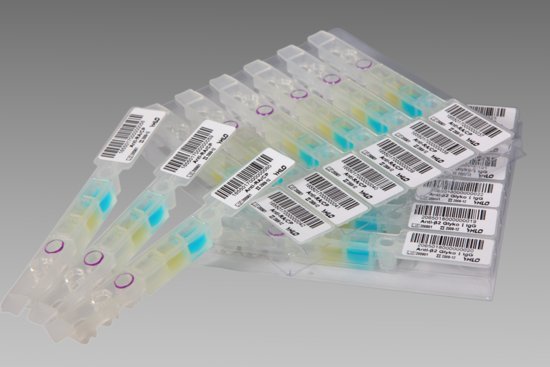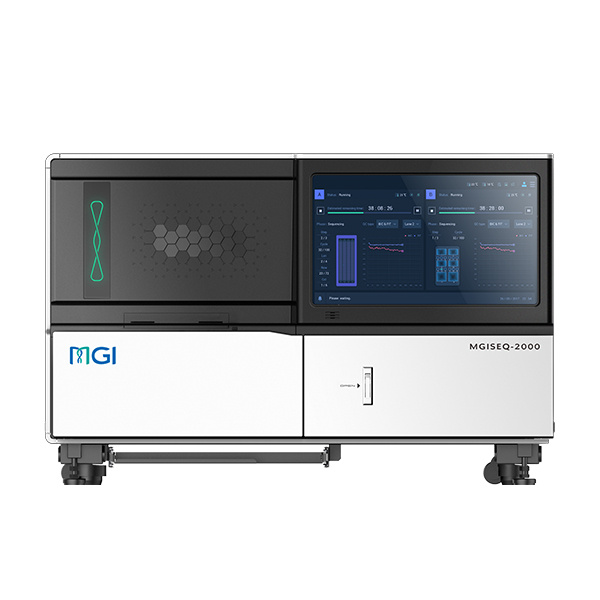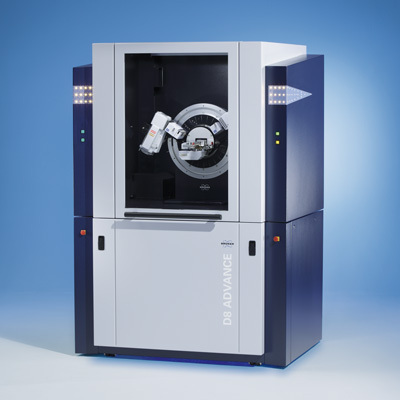浓 度 1mg/1ml
规 格 0.1ml/100μg 0.2ml/200μg
抗体来源 Rabbit
克隆类型 polyclonal
交叉反应 Human, Mouse, Rat
产品类型 一抗
研究领域 细胞生物 发育生物学 信号转导 细胞周期蛋白 结合蛋白 细胞分化 细胞骨架 细胞外基质
蛋白分子量 predicted molecular weight: 47/129kDa
性 状 Lyophilized or Liquid
免 疫 原 KLH conjugated synthetic peptide derived from human DSPP/Dentin phosphophoryn
亚 型 IgG
纯化方法 affinity purified by Protein A
储 存 液 Preservative: 15mM Sodium Azide, Constituents: 1% BSA, 0.01M PBS, pH 7.4
产品应用 ELISA=1:500-1000 IP=1:20-100 IHC-P=1:100-500 IHC-F=1:100-500 ICC=1:100-500 IF=1:100-500
(石蜡切片需做抗原修复)
not yet tested in other applications.
optimal dilutions/concentrations should be determined by the end user.
保存条件 Store at -20 °C for one year. Avoid repeated freeze/thaw cycles. The lyophilized antibody is stable at room temperature for at least one month and for greater than a year when kept at -20°C. When reconstituted in sterile pH 7.4 0.01M PBS or diluent of antibody the antibody is stable for at least two weeks at 2-4 °C.
Important Note This product as supplied is intended for research use only, not for use in human, therapeutic or diagnostic applications.
牙本质磷蛋白抗体产品介绍 DSPP may be an important factor in dentinogenesis. DSPP may bind high amount of calcium and facilitate initial mineralization of dentin matrix collagen as well as regulate the size and shape of the crystals. The dentin sialophosphoprotein (DSPP) gene encodes two major noncollagenous dentin matrix proteins: dentin sialoprotein, known as DSP; and dentin phosphoprotein, known as phosphophoryn or DPP. The DSPP gene maps to human chromosome 4 and yields a 4.6 kb transcript containing 5 exons, with exons 1-4 encoding for DSP and exon 5 encoding for both the C-terminus of DSP and the full length DPP. DPP and DSP are acidic proteins that represent about 50% of the noncollagenous proteins in the dentin extracellular matrix of teeth. The DSPP gene is a likely candidate gene for the genetic diseases associated with abnormal dentin formation such as dentinogenesis imperfecta type II and dentin dysplasia type II. DPP may bind large amounts of calcium and may facilitate initial mineralization of dentin matrix collagen as well as regulate the size and shape of the crystals.
Function : DSP may be an important factor in dentinogenesis. DPP may bind high amount of calcium and facilitate initial mineralization of dentin matrix collagen as well as regulate the size and shape of the crystals.
Subunit : Interacts with FBLN7
Subcellular Location : Secreted, extracellular space, extracellular matrix.
Tissue Specificity : Expressed in teeth. DPP is synthesized by odontoblast and transiently expressed by pre-ameloblasts.
Post-translational modifications : DSP is glycosylated.
DISEASE : Defects in DSPP are the cause of deafness autosomal dominant type 39 with dentinogenesis imperfecta 1 (DFNA39/DGI1) [MIM:605594]. Affected individuals present DGI1 associated with early onset progressive sensorineural high-frequency hearing loss.
Defects in DSPP are the cause of dentinogenesis imperfecta type 1 (DGI1) [MIM:125490]; also known as dentinogenesis imperfecta Shields type 2 (DGI2). DGI1 is an autosomal dominant disorder in which both the primary and the permanent teeth are affected. It occurs with an incidence of 1:8000 live births. The teeth are amber and opalescent, the pulp chamber being obliterated by abnormal dentin. The enamel, although unaffected, tends to fracture, which makes dentin undergo rapid attrition, leading to shortening of the teeth.
Defects in DSPP are a cause of dentinogenesis imperfecta Shields type 3 (DGI3) [MIM:125500]. Patients with DGI3 do not have stigmata of osteogenesis imperfecta. The finding that a single defects in the DSPP gene causes both phenotypic patterns of DGI2 and DGI3 strongly supports the conclusion that these two disorders are not separate diseases but rather the phenotypic variation of a single genetic defect.
Defects in DSPP are the cause of dentin dysplasia type 2 (DTDP2) [MIM:125420]; also known as dentin dysplasia Shields type 2. DTDP2 is an autosomal dominant disorder in which mineralization of the dentine of the primary teeth is abnormal. On the basis of the phenotypic overlap between, and shared chromosomal location with DGI2 it has been proposed that DTDP2 and DGI2 are allelic. From the results of recent studies, it is clear that different types of mutations in DSPP lead to the two different phenotypes.
Database links : UniProtKB/Swiss-Prot: Q9NZW4.2
![]()




